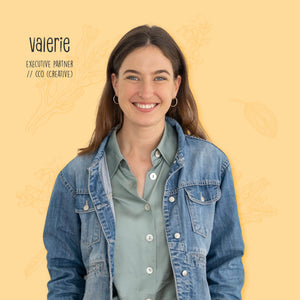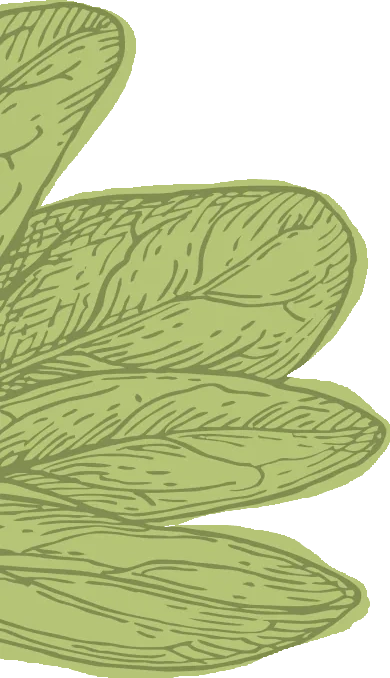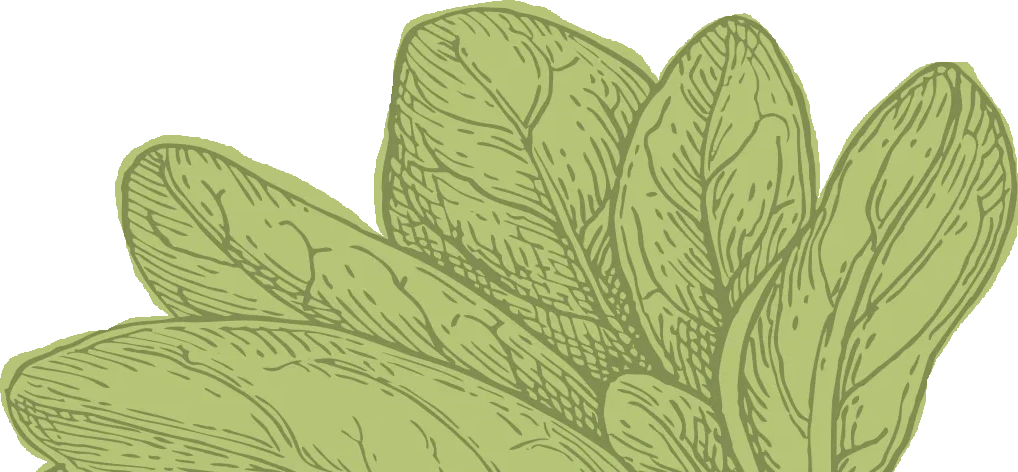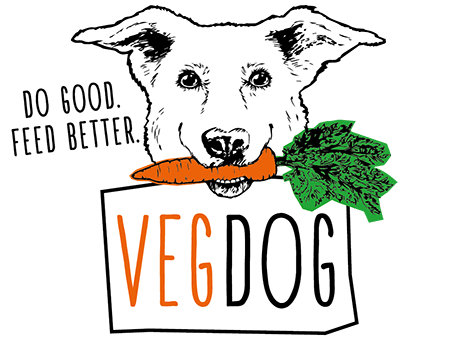
|| NEEDS || VEGDOG ALL-IN VELUXE BASIC PRESCRIPTION
 Author: Valerie Henssen
Author: Valerie Henssen
 Proofreader: Carla Steffen
Proofreader: Carla Steffen
With this recipe example you can create a complete and balanced meal for your dog. You can find more recipe suggestions in our blog .
If you have any questions about vegan dog nutrition, please contact us at: tierarzt@vegdog.de .
Daily ration in grams:
| INGREDIENTS | 5 KG DOG | 15 KG DOG | 25 KG DOG |
|---|---|---|---|
Tofu Frisch | 70 g | 120 g | 220 g |
cooked lentils | 45 g | 100 g | 150 g |
cooked vegetables | 30 g | 50 g | 80 g |
Gluten-free oat flakes (for active dogs) | 30 g | 95 g | 125 g |
Fruit | 30 g | 50 g | 80 g |
oil (alternating algae oil/linseed oil/hemp oil) | 5 g | 10 g | 20 g |
water when needed | 30 ml | 95 ml | 125 ml |
see Pkg. | see Pkg. | see Pkg. |
Preparation: Simply mix everything well and puree, then put it in the bowl!
The basic rule is: starchy products such as lentils, pasta, rice, etc. should always be cooked twice as long as they are for humans. This means that pasta that is cooked for 10 minutes for humans needs to be cooked for 20 minutes for dogs in order to optimally break down the starch and make it usable for dogs. When feeding vegetables, the rule is: whatever you eat raw as a human, you can also give your dog raw. Everything that you have to cook yourself should also be cooked for your dog.
For example, you can feed raw :
Carrots, cucumber, lettuce, zucchini, kohlrabi, pumpkin
What should be cooked :
Corn, fennel, spinach, broccoli, cauliflower, peas, potatoes
Please make sure to wash the vegetables well, especially if they are fed with the skin on. Many dog owners also like to use organic quality. You can alternate the different varieties as you like. But be aware that legumes and corn contain more calories because they are starchy.
The tolerance of vegetables varies from person to person. For example, peas and beans contain oligosaccharides, which are metabolized in the intestines into short-chain fatty acids and can lead to diarrhea and flatulence in large quantities. Simply try out different varieties and find out what your dog likes to eat and what he tolerates best.
How you prepare the vegetables is up to you: you can chop them up, grate them, mix them, cook them or boil them and then puree them. Picky animals in particular can be persuaded to eat cooked carrots. Chopped up or cooked vegetables are easier to digest. Heat the vegetables briefly and carefully to improve the retention of the water-soluble vitamins. You can also add a splash of cooled cooking water to the food.
Fruit can also be combined and varied - depending on what your dog can tolerate. Suitable examples are apples, oranges, bananas, raspberries, strawberries and melons. You don't have to worry about the fructose they contain. This does not lead to obesity when fed fresh fruit. However, for obese animals, the amount of banana should be kept to a minimum and dried fruit should be avoided if possible. This has a higher calorie content and can also lead to flatulence and diarrhea. Fruit stones should be removed as they contain hydrogen cyanide. Please wash the fruit thoroughly before feeding it. Here, too, you can let your imagination run wild when preparing it - from chopped to grated or as a smoothie - anything that is fun is allowed. Read our articles " Smoothie for dogs " and " Summertime is ice cream time "
There is a wide range of suitable fruits and vegetables, so you should definitely make sure to avoid the following varieties:
Vegetables: leeks, onions, garlic, avocado
Fruit: Grapes
Read our blog about it: Poisonous fruits and vegetables for dogs
The amount is calculated based on the different weight classes. For example, a small dog needs more in relation to its body weight than a large dog. You should always base your calculations on the amount of the highest weight class we specify. For example, if your dog weighs 6 kg, you should base your calculations on the weight class for 10 kg. For example, if your four-legged friend weighs 32 kg, you should base your calculations on the weight class for 25 kg, as this is the highest weight class we specify.
Here is a calculation example for you where your dog weighs 32kg:
The highest weight class specified is 25kg, so that is your required reference amount. A 25kg dog needs 100g of chickpeas daily. Therefore, 1kg dog in the weight class of 25kg needs 100g/25kg = 4g of chickpeas per kg of body weight. Then a 32kg dog needs 4g x 32 = 128g of chickpeas/day. You do this calculation with all the ingredients.
AND NOW: GOOD WAUPPETIT!








